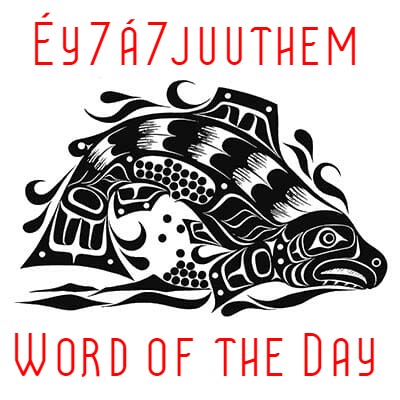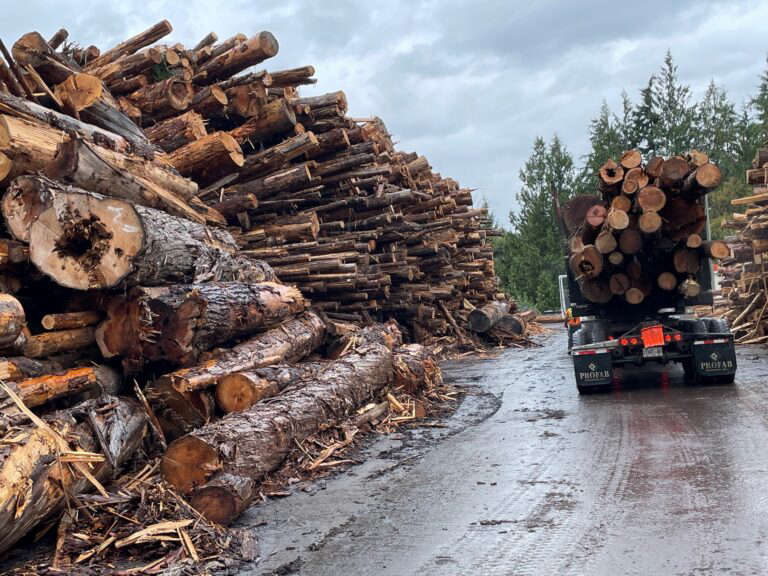
British Columbia’s chief forester has set the new allowable annual cut level for the North Island Timber Supply Area.
The new AAC for the North Island TSA is 1,096,000 cubic metres. This is a 12.2% reduction from the previous AAC, while remaining above the average harvest level in recent years.
The AAC determination reflects additional wildlife habitat protections, land removals following First Nation agreements, and the removal of some helicopter-access areas with consistently low harvest levels.
Within the North Island TSA, there are also two upcoming Forest Landscape Planning projects, with seven First Nations and the Province working together toward sustainable forest management that will support forest health, support harvest volumes, benefit local jobs and advance reconciliation.
The North Island TSA comprises approximately 1.7 million hectares in the North of Vancouver Island.
The TSA overlaps the territory of 26 First Nations, all of which were consulted during the timber supply review process, and feedback considered.
The chief forester’s AAC determination is an independent, professional judgment based on information ranging from technical forestry reports, First Nations consultations, input from the public and government’s social and economic objectives.
Under the Forest Act, the chief forester must determine the AAC in each of the province’s 37 timber-supply areas and 34 tree farm licences at least once every 10 years.
To see the full release, visit Government of British Columbia.

 First Nation Leadership Council Calls For Conservatives To Pull North Island-Powell River Candidate
First Nation Leadership Council Calls For Conservatives To Pull North Island-Powell River Candidate
 North Island-Powell River All Candidates Debate At Sunday At Tidemark Theatre
North Island-Powell River All Candidates Debate At Sunday At Tidemark Theatre
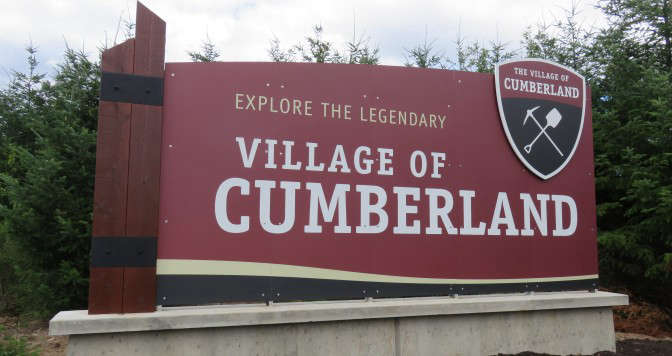 Cumberland Residents Are Encouraged To Report Incidents To The RCMP
Cumberland Residents Are Encouraged To Report Incidents To The RCMP
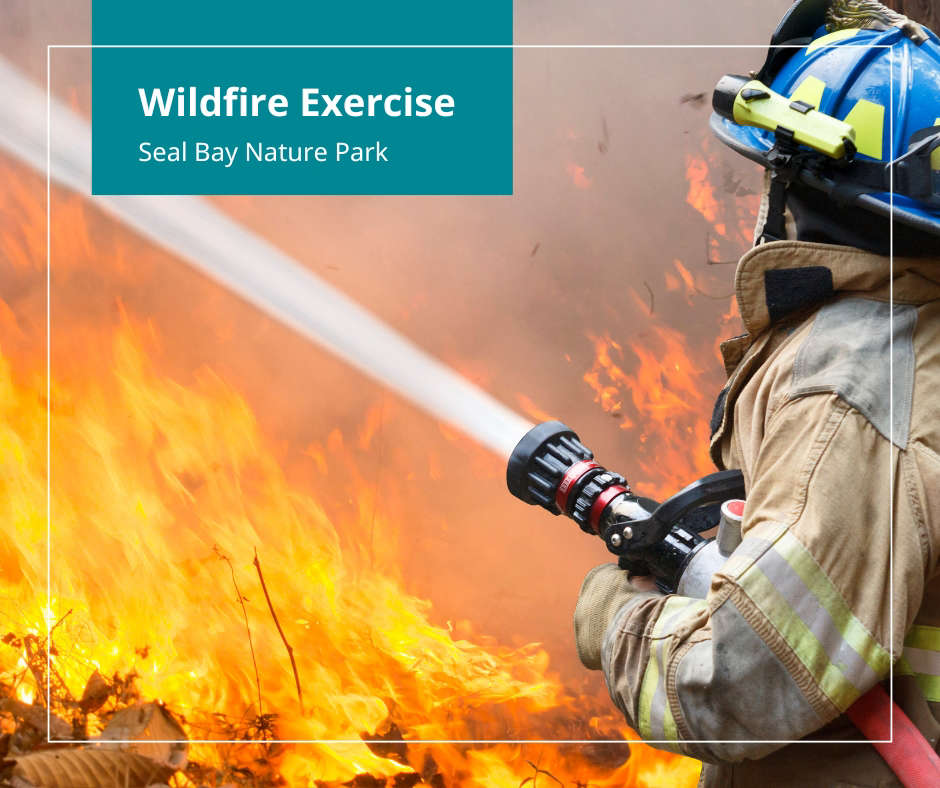 Training Exercise Today At 19 Wing Comox And Seal Bay Nature Park Area
Training Exercise Today At 19 Wing Comox And Seal Bay Nature Park Area
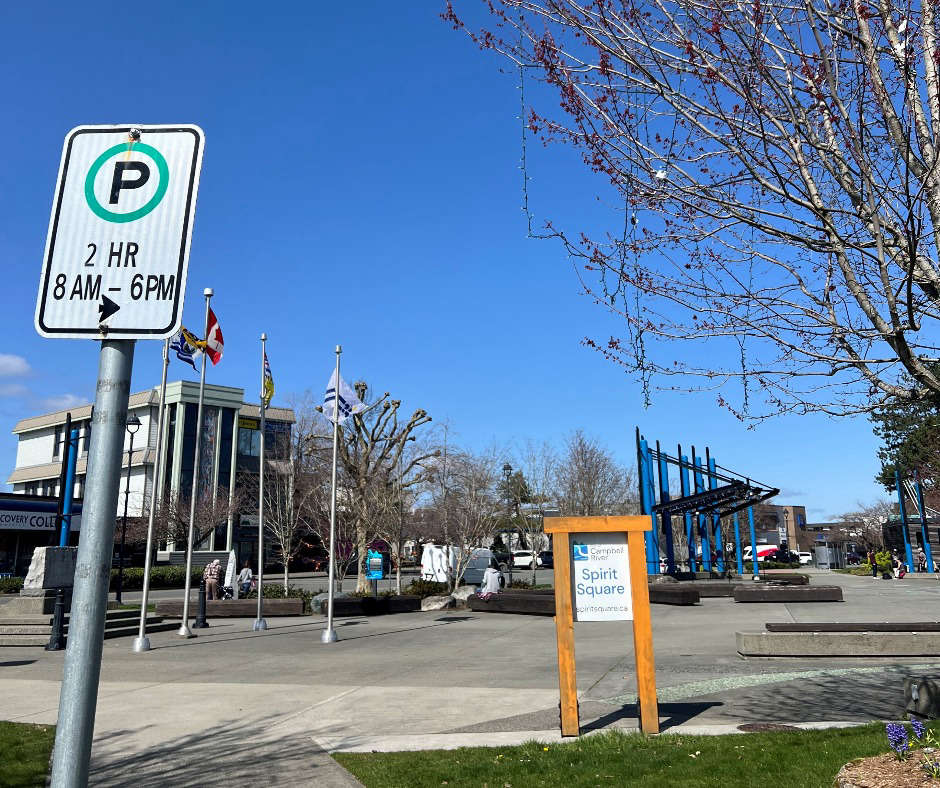 Campbell River Extends Downtown Parking Time Limits
Campbell River Extends Downtown Parking Time Limits
